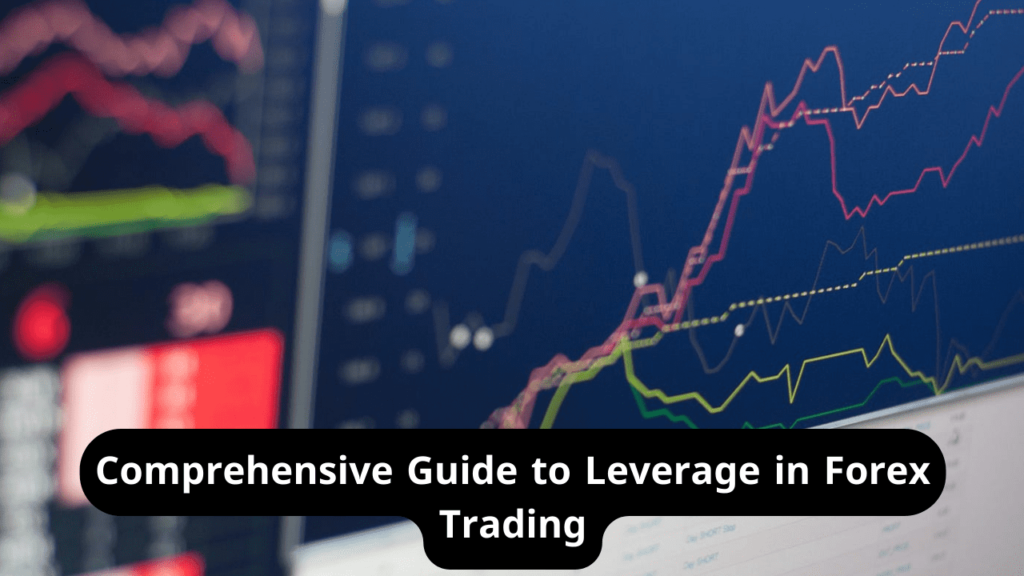
Introduction
Leverage is a fundamental concept in Forex trading, offering traders the ability to amplify their trading positions with borrowed capital. This comprehensive guide explores the nuances of leverage in Forex, from understanding how it works to the risks and opportunities it presents. Whether you’re new to Forex or looking to enhance your trading knowledge, this article provides valuable insights into leveraging strategies, risk management techniques, and regulatory considerations.
1. Understanding Leverage in Forex Trading
1.1. What is Leverage?
- Definition of leverage and its role in amplifying trading positions.
- Explanation of leverage ratios and margin requirements in Forex markets.
1.2. Mechanism of Leverage
- How leverage allows traders to control larger positions with a smaller initial investment.
- Examples of leverage calculations and margin usage in Forex trading.
1.3. Importance of Leverage in Forex
- Benefits of leverage: potential for higher returns on investment and increased trading opportunities.
- Impact of leverage on trading psychology and risk management.
2. Types of Leverage in Forex
2.1. Standard Leverage
- Overview of standard leverage ratios offered by Forex brokers (e.g., 50:1, 100:1, 200:1).
- Choosing an appropriate leverage ratio based on trading strategy and risk tolerance.
2.2. High Leverage
- Risks and rewards of high leverage ratios (e.g., 400:1, 500:1) in Forex trading.
- Regulatory restrictions and considerations for trading with high leverage.
2.3. Margin Call and Stop Out Levels
- Understanding margin call thresholds and stop out levels in relation to leverage.
- Strategies for managing margin requirements and avoiding margin calls.
3. Benefits and Risks of Leverage in Forex
3.1. Benefits of Leverage
- Magnifying profit potential through increased trading volume.
- Leveraging smaller price movements to generate significant returns.
3.2. Risks of Leverage
- Amplified losses and potential for margin calls during market volatility.
- Impact of adverse price movements on leveraged positions and account balances.
3.3. Risk-to-Reward Ratio
- Importance of maintaining a favorable risk-to-reward ratio in leveraged trading.
- Techniques for calculating and optimizing risk management strategies.
4. Strategies for Using Leverage Effectively
4.1. Risk Management Strategies
- Setting appropriate leverage levels based on risk tolerance and trading experience.
- Implementing stop-loss orders and position sizing to mitigate downside risk.
4.2. Diversification
- Spreading risk across different currency pairs and asset classes.
- Benefits of diversification in reducing overall portfolio volatility.
4.3. Trading Psychology
- Managing emotions and maintaining discipline when trading with leverage.
- Techniques for controlling greed and fear during volatile market conditions.
5. Regulatory Considerations and Compliance
5.1. Regulatory Framework
- Overview of regulatory bodies governing Forex trading and leverage (e.g., SEC, FCA, ASIC).
- Compliance requirements for brokers and traders regarding leverage limits and client protections.
5.2. Changes in Regulatory Landscape
- Impact of regulatory changes on leverage restrictions and trading conditions.
- Strategies for adapting to new regulatory environments and market dynamics.
5.3. Broker Selection
- Factors to consider when choosing a Forex broker offering leverage (regulation, reputation, trading conditions).
- Review of regulatory licenses and broker transparency in disclosing leverage terms.
6. Leveraged Trading Strategies
6.1. Scalping
- Short-term trading strategy leveraging small price movements for quick profits.
- Execution techniques and considerations for scalping with leverage.
6.2. Swing Trading
- Holding positions over days or weeks to capitalize on medium-term market trends.
- Leveraged swing trading strategies and technical analysis tools.
6.3. Position Trading
- Long-term investment approach using leverage to hold positions for months or years.
- Fundamental analysis and macroeconomic factors influencing leveraged position trades.
7. Tools and Resources for Leveraged Trading
7.1. Trading Platforms
- Review of popular Forex trading platforms offering leveraged trading capabilities.
- Features and tools for executing leveraged trades and managing positions.
7.2. Analytical Tools
- Utilizing technical analysis software and indicators for leveraged trading decisions.
- Risk assessment tools and calculators for determining optimal leverage ratios.
7.3. Educational Resources
- Online courses, webinars, and educational materials on leveraging strategies and risk management in Forex.
- Continuous learning and professional development resources for Forex traders.
8. Emerging Trends and Future Outlook
8.1. Technological Advancements
- Impact of AI, machine learning, and algorithmic trading on leveraged trading strategies.
- Opportunities for automated trading and smart risk management solutions.
8.2. Global Economic Trends
- Influence of geopolitical events and economic policies on leveraged Forex trading.
- Emerging markets and currency pairs offering new opportunities for leveraged speculation.
8.3. Sustainable Investing
- Trends towards sustainable and ethical practices in leveraged trading and Forex investments.
- Integration of ESG (Environmental, Social, Governance) criteria in leveraged trading strategies.
9. Conclusion: Mastering Leverage in Forex Trading
Leverage in Forex trading can be a powerful tool for amplifying potential returns, but it comes with significant risks that require careful consideration and management. By understanding the mechanics of leverage, implementing effective risk management strategies, and staying informed about regulatory developments, traders can harness the benefits of leverage while safeguarding their capital. Continuous education, disciplined trading practices, and adaptation to market conditions are essential for achieving long-term success in leveraged Forex trading.